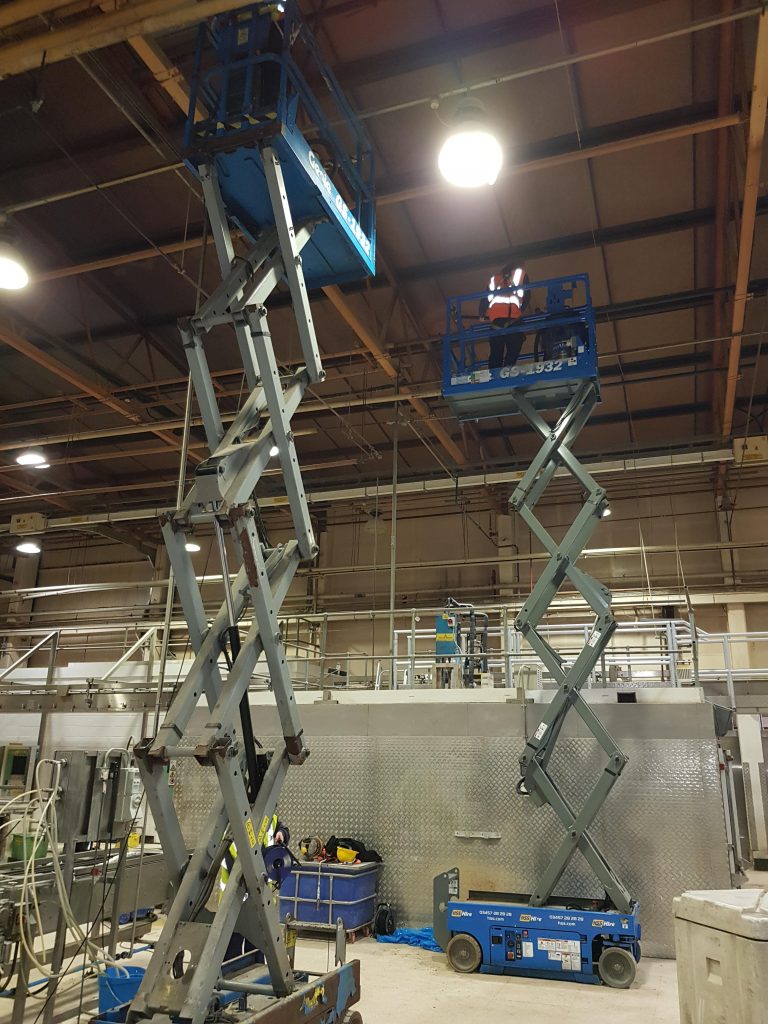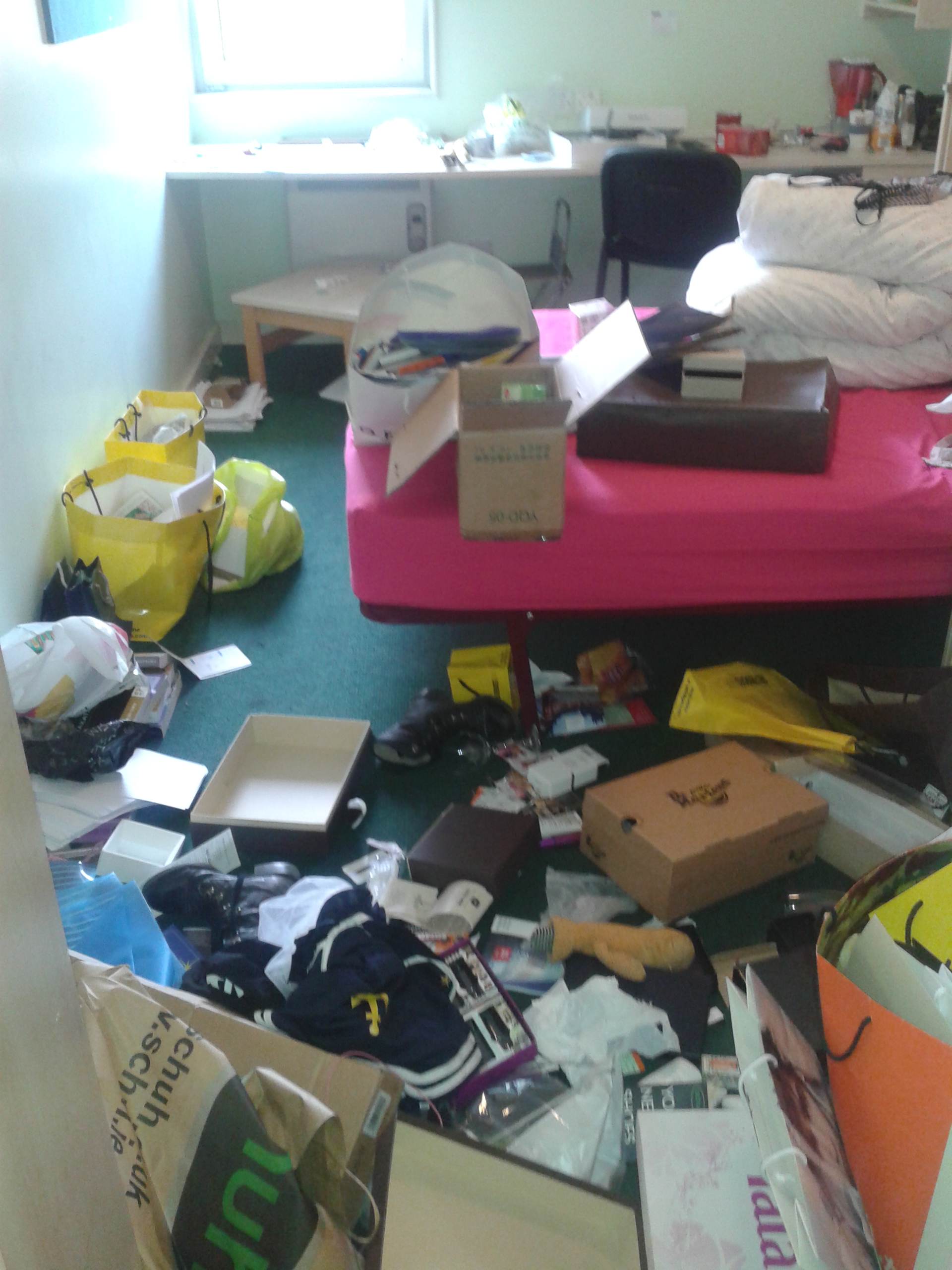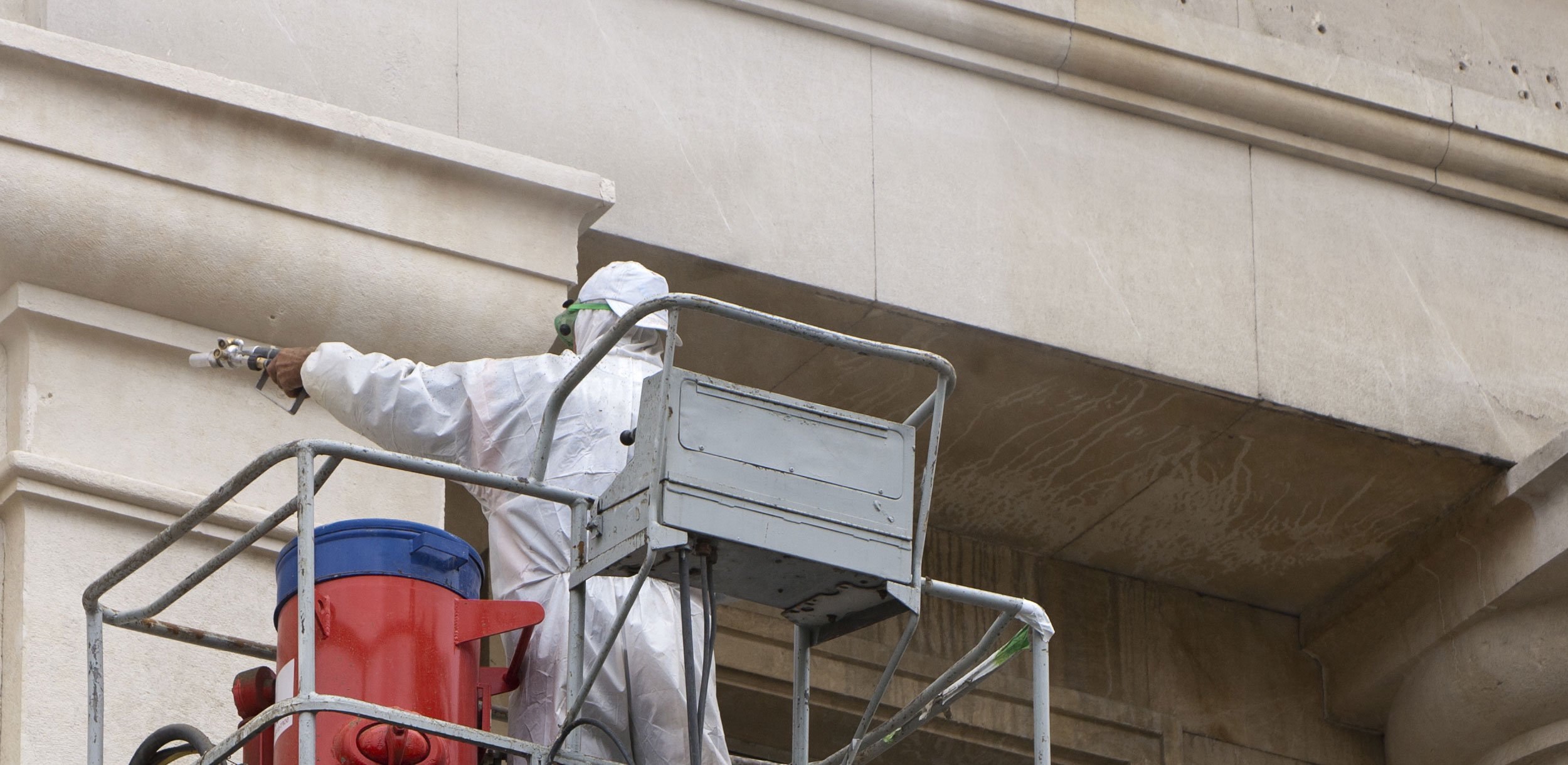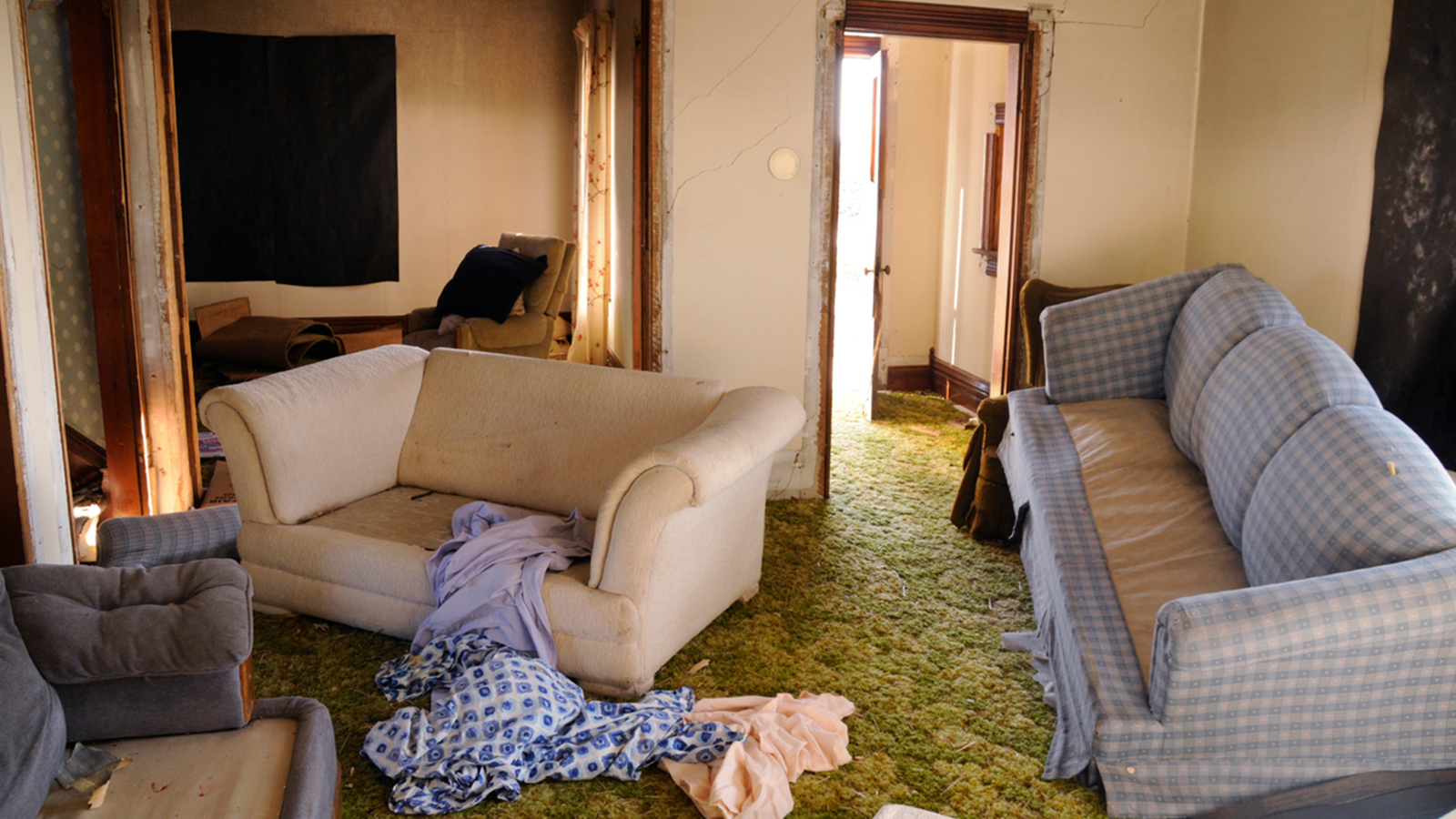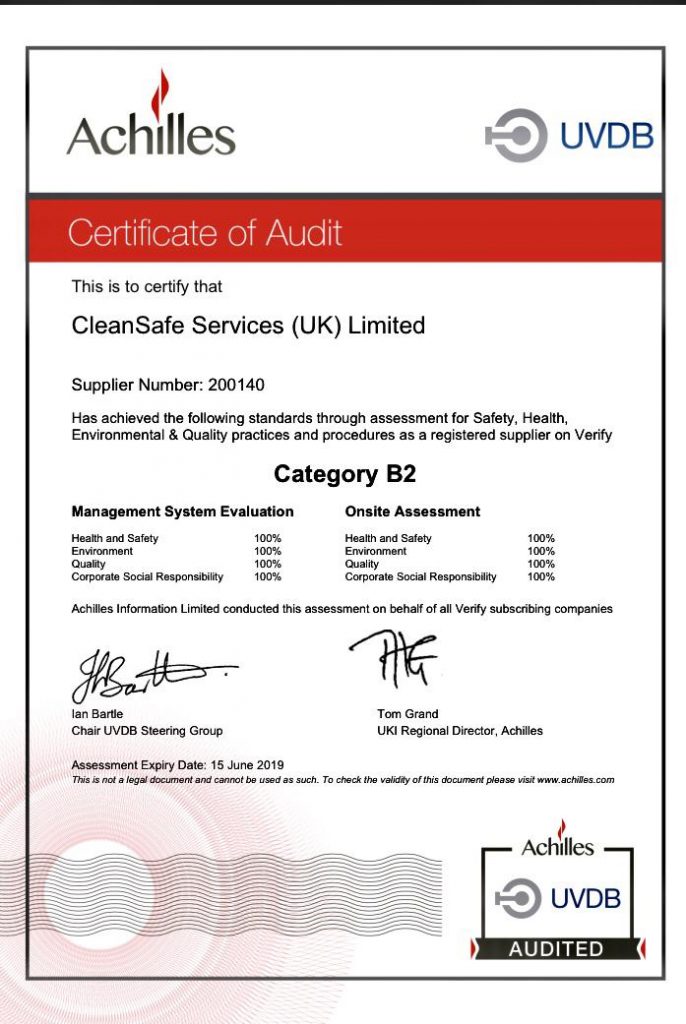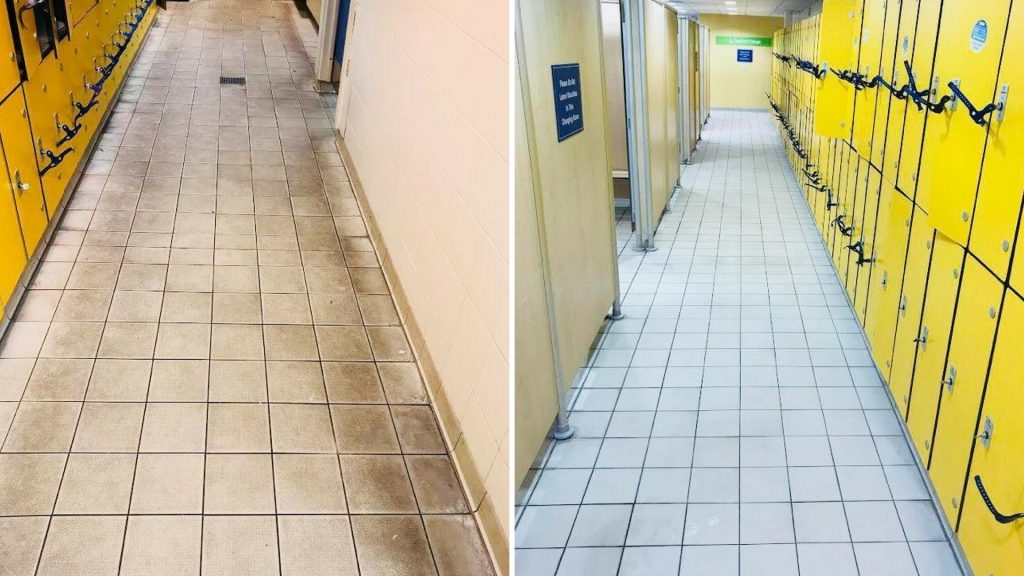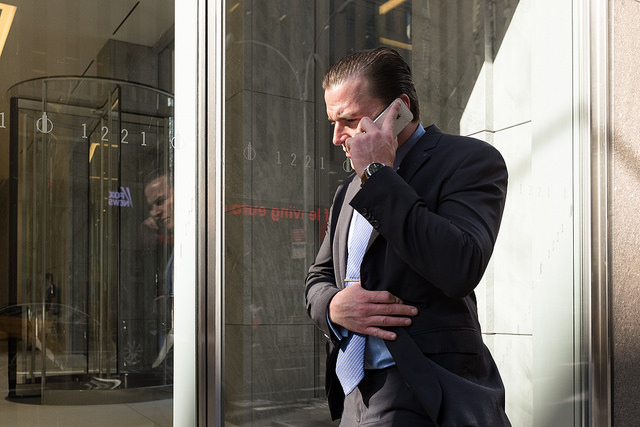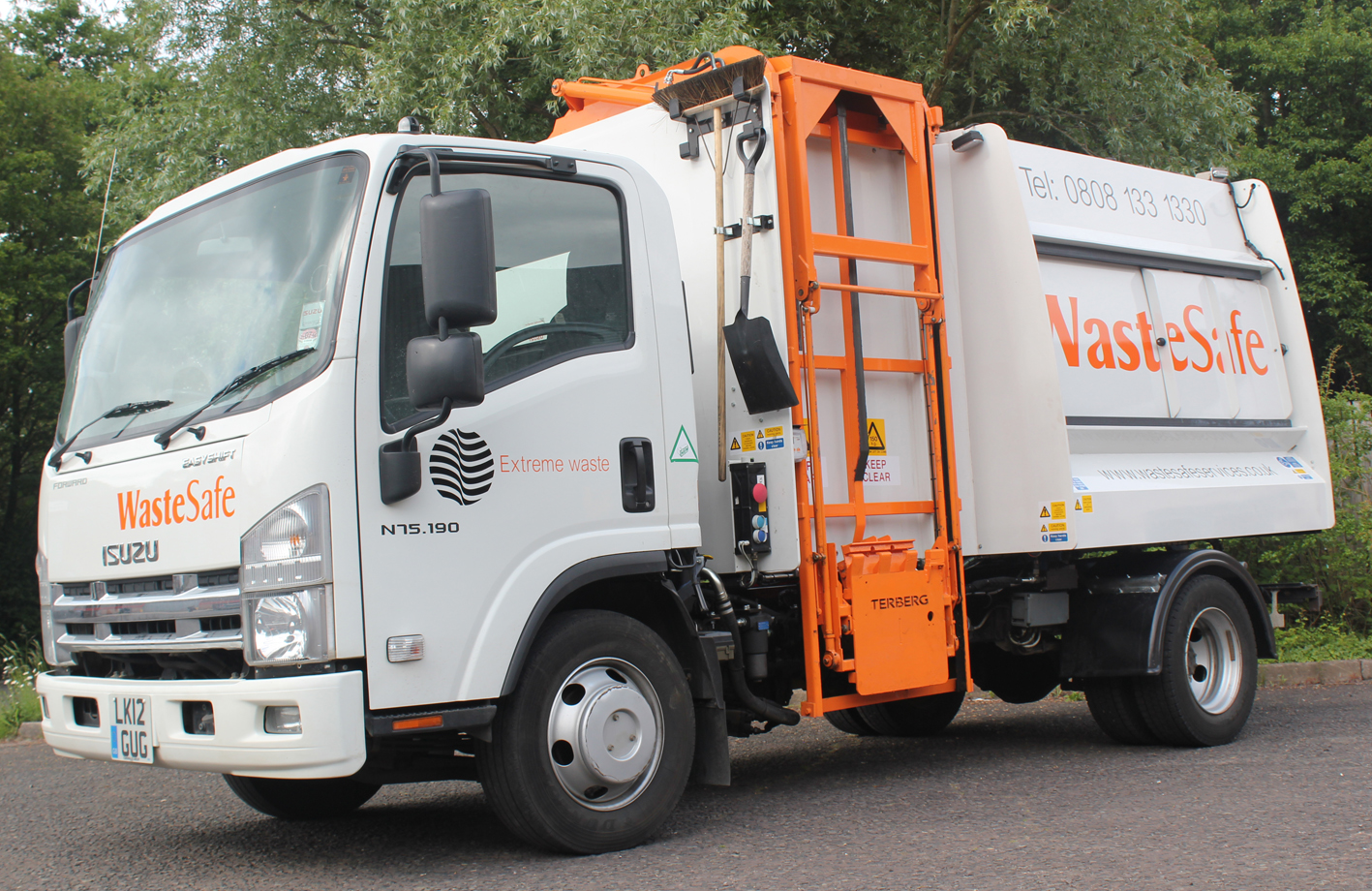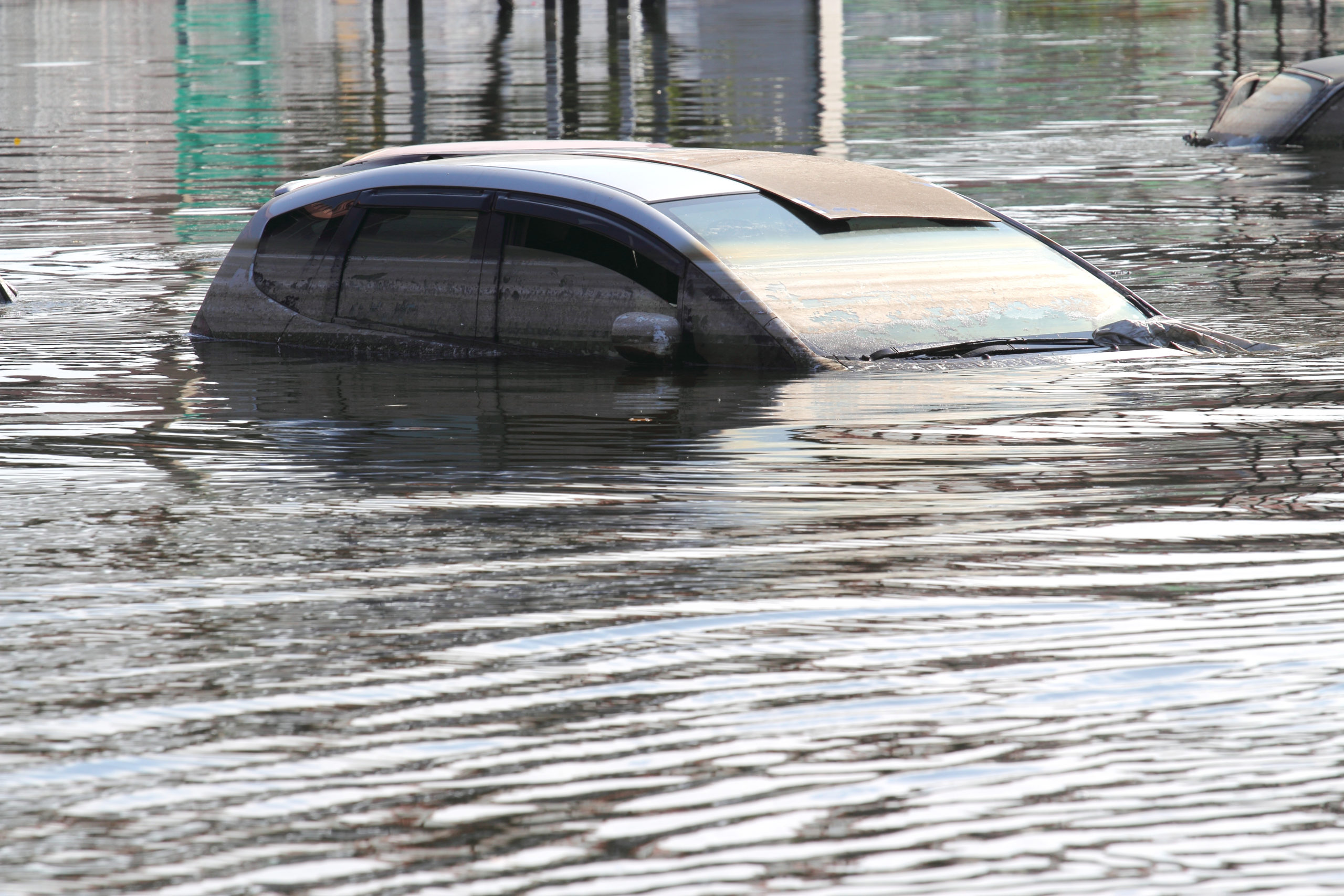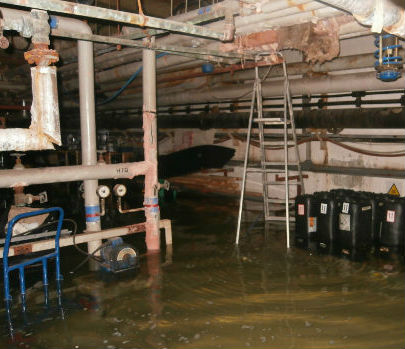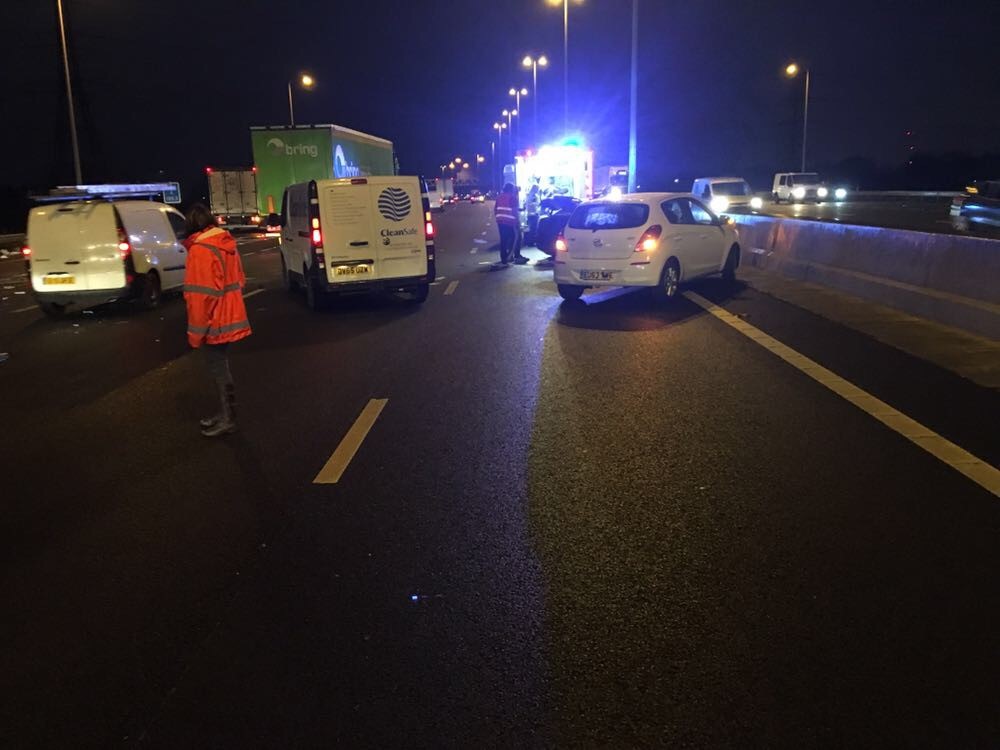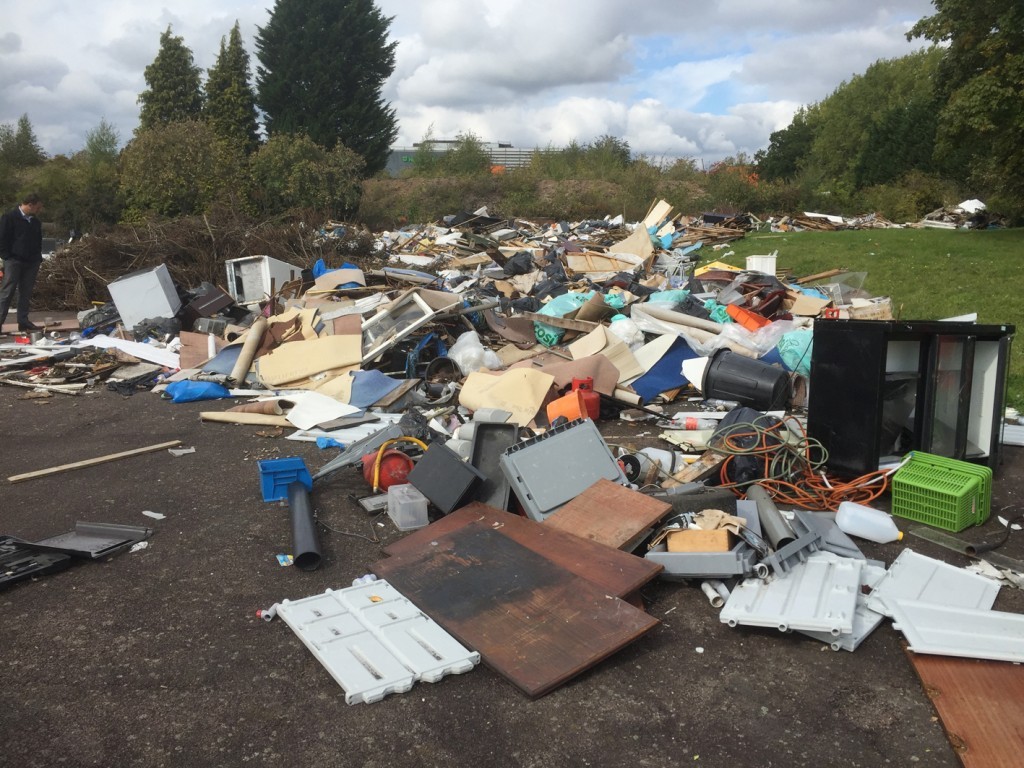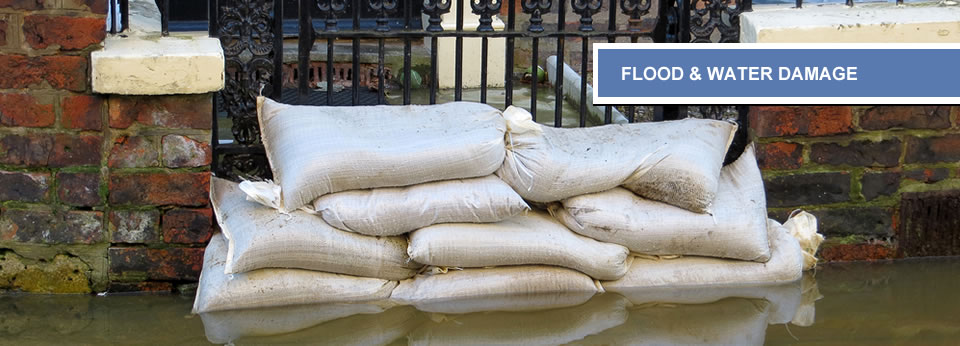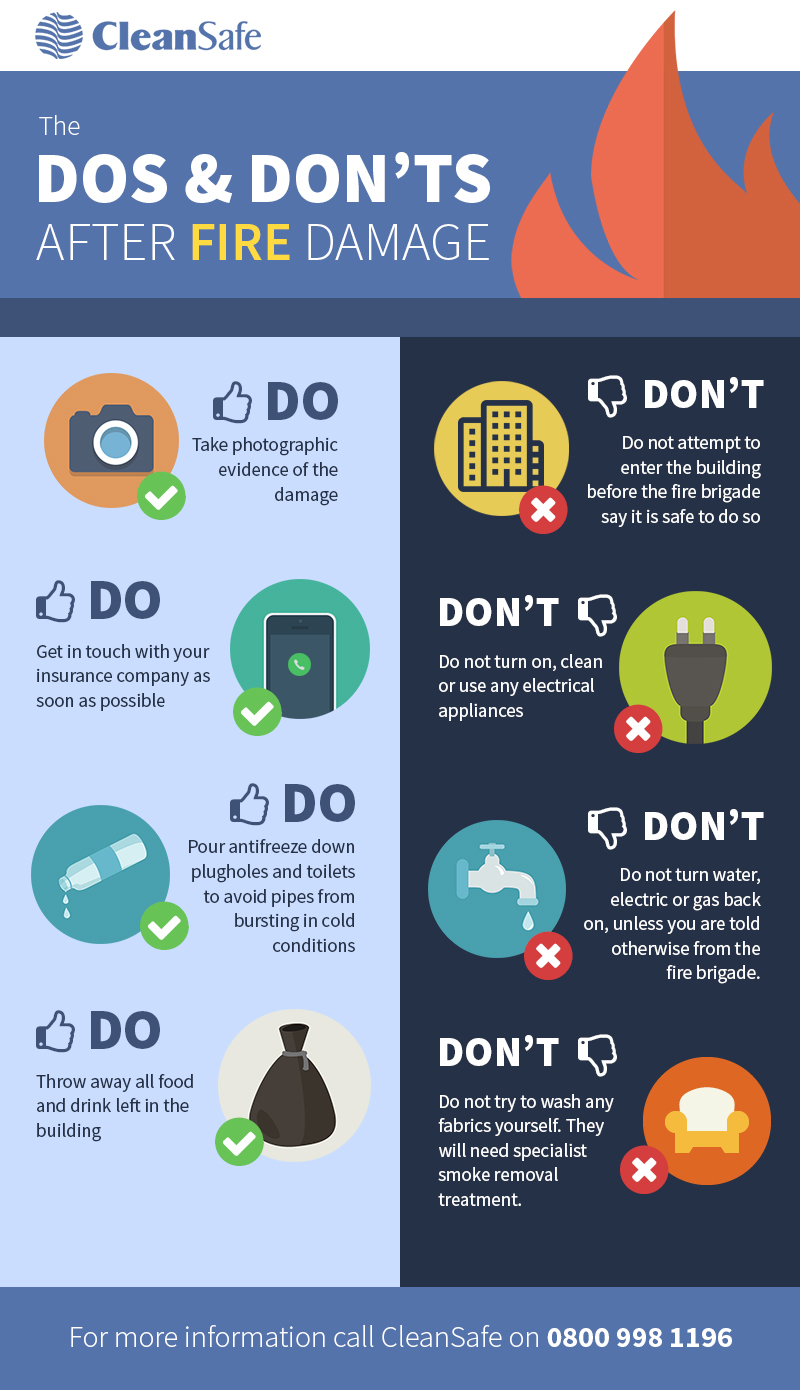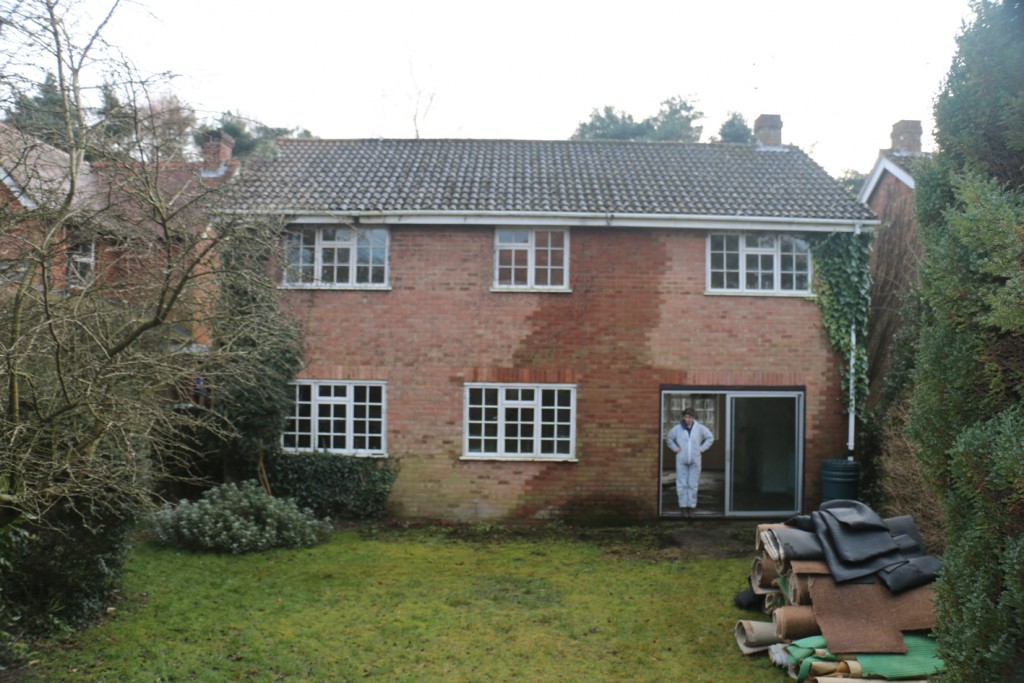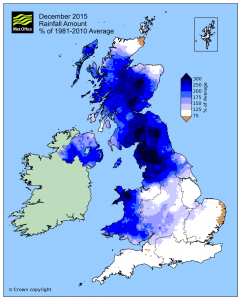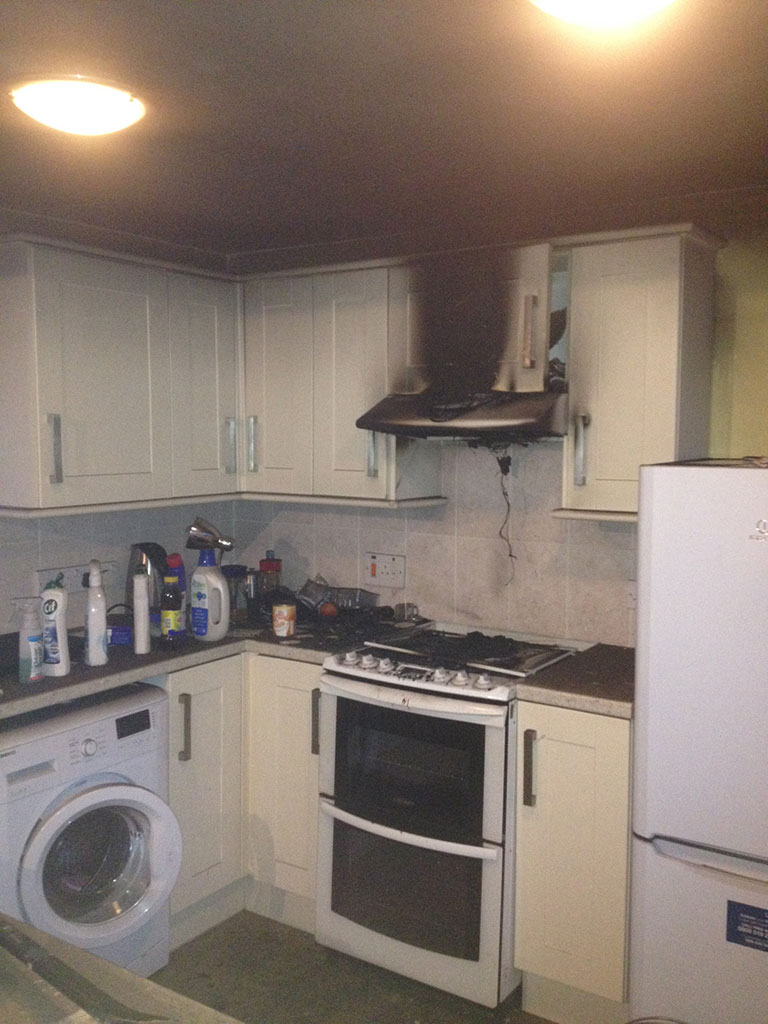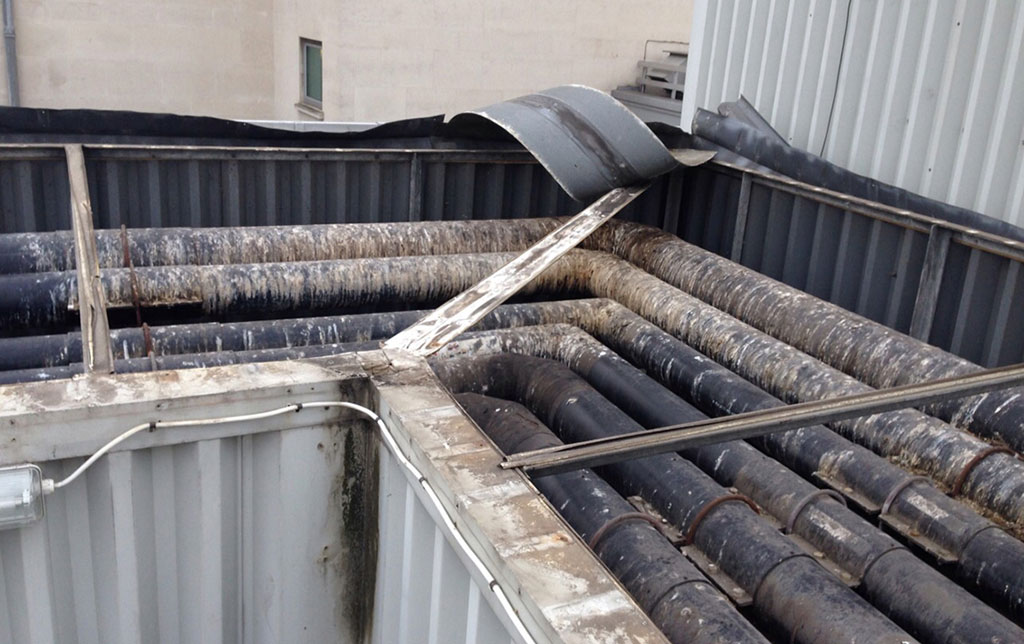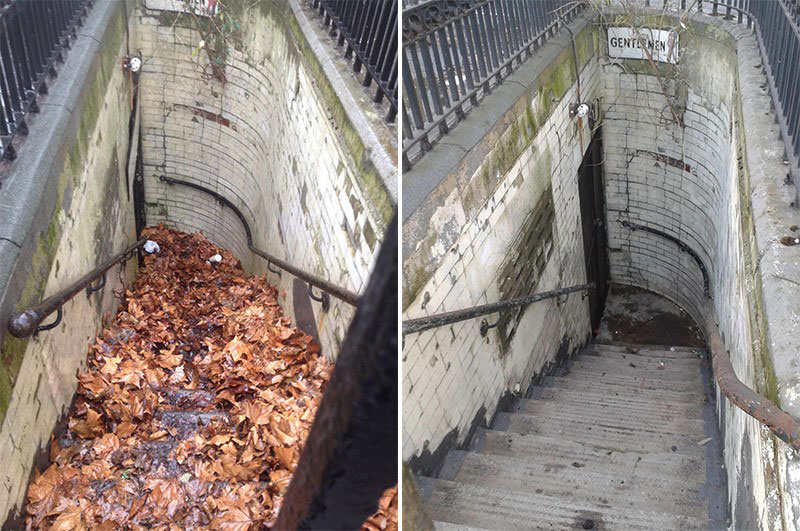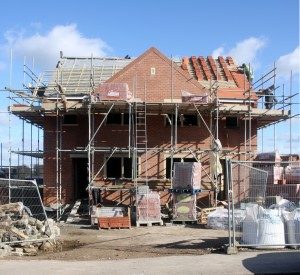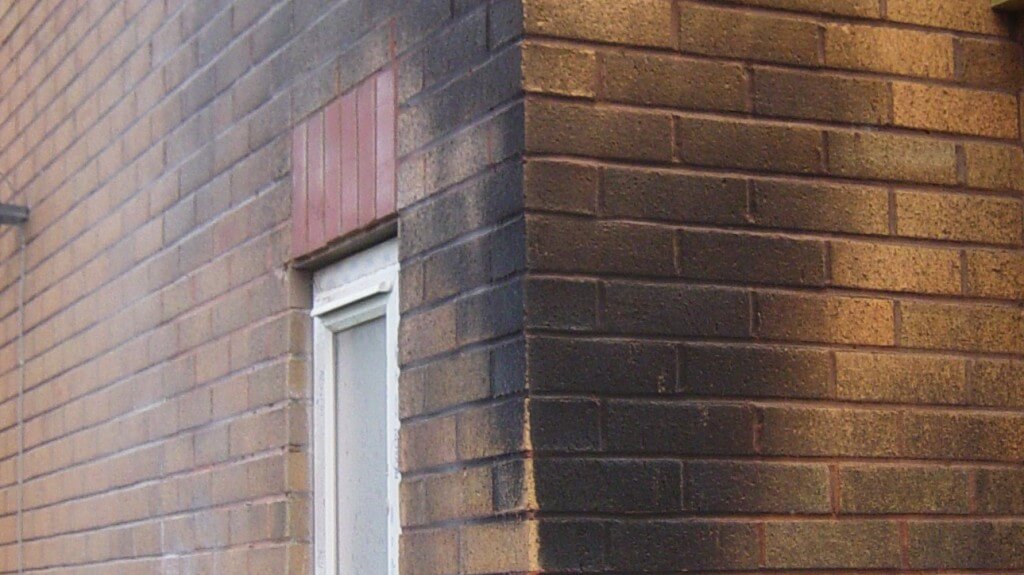London has always been vulnerable to flooding due to the high tides and storm surges from the North Sea. However, the threat of homes and businesses being devastated by flooding has increased dramatically in recent years, in part due to climate change and rising tides. Back in the 1970s, the UK government started work on the Thames Barrier, a massive engineering project that would protect the capital from future flood damage.
34 years after the barrier was built, the Environment Agency estimate that 1.25 million people and 800,000 homes and businesses are protected by the Thames Barrier.
Why was the Thames Barrier Built?
There were two major incidents that brought the issue of flooding in London to prominence – one in 1928 and another in 1953. The 1928 floods killed 14 people and made thousands homeless with the damage stretching as far as Greenwich, Woolwich and further down the river.
The North Sea Flood of 1953 overwhelmed sea defences and affected 160,000 acres of land, killing 307 people and damaging 24,000 properties.
It became apparent that something had to be done to prevent these events happening again; this was even before climate change was realised.
If something happened to the Thames Barrier, what could the impact be on London businesses?
The Environment Agency say that for every £1 they invest on reducing the risk of flooding, homes and businesses save £38 in damage repair. Whilst this is a positive statistic, it is important to note that closures of the Thames Barrier have increased over the years, closing four times in the 1980s, 35 times in the 1990s, and 75 times in the 2000s. There have been 65 closures since 2010 and this steady upward trend implies that closures are likely to continue to rise. The risk of flooding in London remains a real threat.
If you consider the recent floods in the north of England delivering £3bn in estimated economic losses, London, an area with such a dense population is incredibly vulnerable to flood damage and the losses the problem entails. With 976,000 businesses based in London (Source: Business Statistics Parliamentary Briefing Paper no. 06152 7 December 2015), or to put it another way, a third of the total number of UK businesses, could be impacted by a disaster. Afterall, it’s not just the flood clean up that affects a local economy but the money a business loses when closed, reduced footfall as an area recovers and people in the area focusing on rebuilding their own homes and businesses.
For more information on flood damage clean up in London, contact CleanSafe Services.
Facts about London’s Thames Barrier
- Construction was started in 1974 and was completed in 1982
- It cost £534m to build, which is the equivalent of £2.4bn today
- There are an additional 11 miles of flood defences up the Thames
- The four main gates weigh more than 3,000 tonnes each
- There is work planned to take into account rising sea levels and the natural ageing of the infrastructure
- It takes 75-90 minutes to close the gates.


